For most of human history, food was difficult to come by and humans battled starvation and malnutrition. The development of food processing helped positively transform the food environment—and health. Canning (and then freezing) made vegetables and fruits available year-round; pasteurization stopped outbreaks of bacterial infection from milk; preservatives prevented spoilage and extended shelf-life; and enrichment allowed refined flour to become a dietary staple without risk of malnutrition. Safe food became available anytime, anywhere, and at a relatively cheap price. Now, the pendulum may have swung too far in the opposite direction.
Processing moved from preserving food, enhancing vitamin content, and improving safety to creating entirely new foodstuffs: breaded nuggets of mechanically separated chicken bits; irresistibly crispy snacks of refined flour, salt, and flavorings; sweet drinks that never saw a piece of fruit; and all manner of foods with few if any ingredients in their intact, natural form. Most of these products have undergone intense processes, such as refining, high-temperature extrusion, or molding. They typically include colors, flavorings, emulsifiers, and other artificial ingredients designed to enhance flavor, mouth feel, and cravings. Although that description isn’t very appetizing, these “ultraprocessed” foods are often attractive, hyper-palatable, cheap, ready-to-eat—and the major source of calories in many countries, including the U.S.
In contrast to ultraprocessed foods, unprocessed foods are in their original form (such as fruit, nuts, or eggs). Minimally processed foods are changed just enough to make them ready or safe to eat or preserve them (through processes such as cutting, pasteurizing, cooking, and freezing). See the “How Processed is Your Food?” chart for more information.
Serious Health Consequences. Diseases and conditions in which diet plays a role—like obesity, cardiovascular disease, type 2 diabetes, and some cancers—are collectively responsible for almost 70 percent of deaths worldwide. A rapidly growing body of evidence suggests the increasing prevalence of these diseases and the worldwide obesity epidemic are related to the rise in highly palatable, readily available ultraprocessed foods.
For foods like sugar-sweetened beverages and processed meats, a link to negative health consequences has already been well established. But these highly processed products are not the only culprits. The evidence that many ultraprocessed foods are a problem is piling up, and many of these foods are common in our pantries. Processed carbs, like many products made with refined grains; breakfast cereals; energy bars; and chips and other savory snacks, make up the largest overall group of these ubiquitous products.
A large observational study conducted in France in 2019 found that higher intake of ultraprocessed foods, such as packaged snacks, desserts, sugary drinks, processed meats, and ready-made meals, was associated with higher death risk among middle-aged adults. In 2020, another large observational study conducted in France found that a higher proportion of ultraprocessed foods in the diet was associated with a higher risk of type 2 diabetes.
A 2021 review of all available research found high consumption of ultraprocessed foods was associated with increased risk of overweight, obesity, abdominal obesity, all-cause mortality, metabolic syndrome, cardiometabolic diseases, frailty, irritable bowel syndrome, recurring indigestion, cancer (breast and overall), and depression in adults. It was also associated with wheezing (but not asthma) and, of particular concern, metabolic syndrome in adolescents and dyslipidemia (unfavorable blood levels of cholesterol and triglycerides) in children.
Other studies have found and association between intake of ultraprocessed foods and unfavorable changes in blood levels of cholesterol and triglycerides in adults and increased levels of inflammatory markers in the blood.
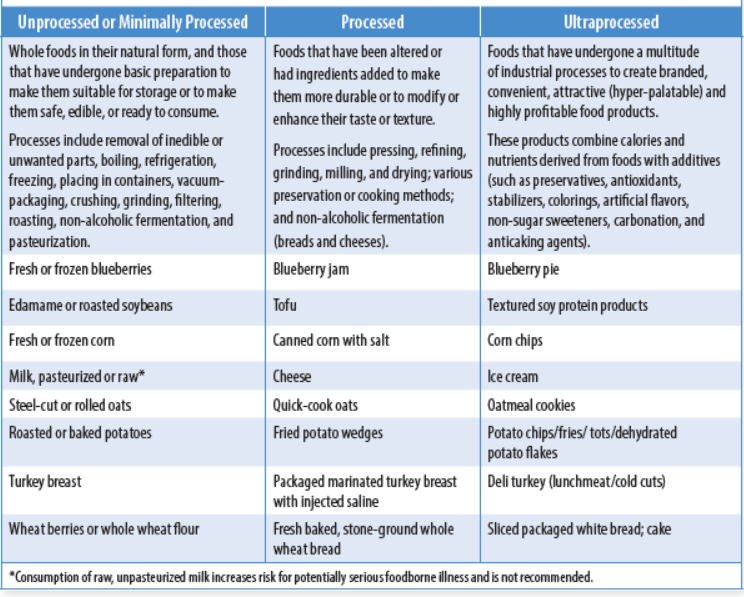
A Weighty Matter. Carrying extra weight is strongly associated with increased risk for cardiovascular disease, type 2 diabetes, and some cancers. A recent study shed light on the link between intake of ultraprocessed foods and weight gain. In this randomized, controlled trial, 20 normal-weight adults lived in a lab at the National Institutes of Health for four weeks. For two weeks, they were fed only ultra-processed foods (like hot dogs, French fries, white bread, sugary cereals, chips, and processed cheese); for another two weeks, only unprocessed foods (like fresh fruits, unsweetened yogurt, nuts, and freshly prepared vegetables, beans, seafood, poultry, meats, and grains). Meals and available snacks were designed to have the same number of calories and were matched for protein, carbs, fat, sugar, salt, and fiber. Participants were allowed to eat as much or as little of each meal as they desired. Although they reported enjoying both menus equally, participants unconsciously consumed about 500 calories a day more on the ultraprocessed diet than on the unprocessed diet. That increase in calories resulted in an unintentional weight gain of an average of two pounds in just two weeks—while on the unprocessed diet, they unintentionally lost about two pounds over just two weeks.
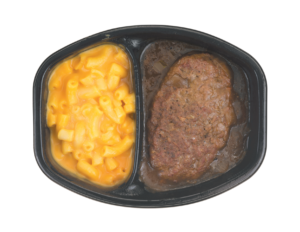

Image © BWFolsom | Getty Images
A Blow to Nutrition. Even without weight gain, a dietary pattern high in modern ultraprocessed foods is bad for health. “Dietary patterns rich in whole and minimally processed foods—particularly plant foods like fruits, vegetables, nuts, seeds, beans, and whole grains—provide plenty of health-promoting, slowly digesting fiber, antioxidants, unsaturated fat, vitamins, and minerals without a lot of refined starches, added sugars, salt, and additives associated with health problems,” says Dariush Mozaffarian, MD, dean of the Friedman School of Nutrition Science and Policy and editor-in-chief of Tufts Health & Nutrition Letter. “Ultraprocessed foods tend to be the opposite.”
A 2018 study that analyzed over 230,000 products in U.S. grocery stores found that 71 percent of products were ultraprocessed. The rise in ultraprocessed food availability in the last half century has coincided with a fall in the nutritional quality of diets. A study that analyzed the diets of over 9,000 participants ages one and older in the U.S. found that, as intake of ultraprocessed foods went up, intake of key nutrients (such as fiber, vitamins A and D, and calcium) went down.
Additionally, studies have found higher intake of ultraprocessed foods causes unfavorable changes in the gut microbiota—bacteria that play an important role in our metabolism and health. “Ultraprocessed foods lack natural food structure, speeding their digestion in the stomach and small intestine,” says Mozaffarian. “This not only increases the flow of sugar into our bloodstream, but also starves our natural gut bacteria.”


Image © Juanmonino | Getty Images
What to Do. Approaching each meal and food purchase with an eye toward eating more whole and minimally processed foods such as fruits, vegetables, nuts, seeds, beans, lentils, whole grains, yogurt, milk, cheese, eggs, and fresh or frozen seafood, poultry, and lean meats is a great way to automatically limit ultraprocessed choices.
“Take a look at your pantry, fridge, and freezer,” says Alice H. Lichtenstein, DSc, senior scientist and director of the Cardiovascular Nutrition Team at the Human Nutrition Research Center on Aging and executive editor of Tufts Health & Nutrition Letter. “How much of the food in your home is processed or ultraprocessed? Which items are you willing to swap out for a less-processed or unprocessed version?” (See “Simple Swaps” for some ideas.) “As you use up what you have, replace it with a less processed version,” Lichtenstein adds. “You only have to set aside some extra food-shopping time once or twice to identify less processed options you enjoy. Once you do, restocking won’t take additional time and you may find new products you like even better than the ultraprocessed ones.”
All packaged foods are processed to some degree. Ingredient lists that are short and contain mostly names of real foods are a good start when looking for less-processed convenience foods (but long lists are fine if most of the words are recognizable, as with a soup with a long list of vegetables.) Canned foods are more processed than frozen or fresh, but those with only a few ingredients (like low-sodium canned vegetables, fruits in 100% juice, and tuna fish) are still a much better choice than ultraprocessed meat nuggets and packaged products full of artificial flavors, colors, emulsifiers, and preservatives. “Given the wide range of items available, you will likely find most of the less processed options won’t add too much time to food preparation once they become part of your habitual routine,” Lichtenstein says.
If you cannot find an unprocessed replacement you are willing to consider, look for minimally processed products with the least artificial ingredients, added sugars and sodium (less than five percent Daily Value of sodium per serving is generally low, and more than 20 percent is high). For grain products (cereals, crackers, breads, grain dishes, look for items that have at least one gram of Dietary Fiber for every 10 grams of Total Carbohydrate per serving, which are likely to be less processed, more nutritious choices overall.
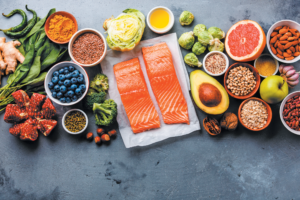

Image © Lisovskaya | Getty Images
When eating out or ordering in, choose restaurants that prepare meals from scratch when possible. Fast food items are often highly processed, but fast-food chains focusing on minimally processed options are popping up nationwide. Build-your-own salads, Mexican-style bowls, and other options built from fresh ingredients are increasingly available (just avoid processed meat toppings, like diced ham, bacon bits, and chorizo sausage). Look for menu items that include more vegetables, whole grains, and fish, seafood, poultry, and (occasionally) red meats similar to their natural form when they are served. Even swapping that hotdog, fries, and soda or a milkshake for a grilled chicken sandwich with water is a big step.
We live in a fast-paced world where home cooking is not the norm and quick food options abound. Don’t beat yourself up if preparing all your meals from scratch with whole ingredients is not an option for you. Take advantage of things like skinless, boneless chicken breast, spiralized vegetables, and prewashed salad greens. Looking for ways to minimize ultraprocessed foods is an excellent step toward improving the quality of your diet and, ultimately, protecting your health.
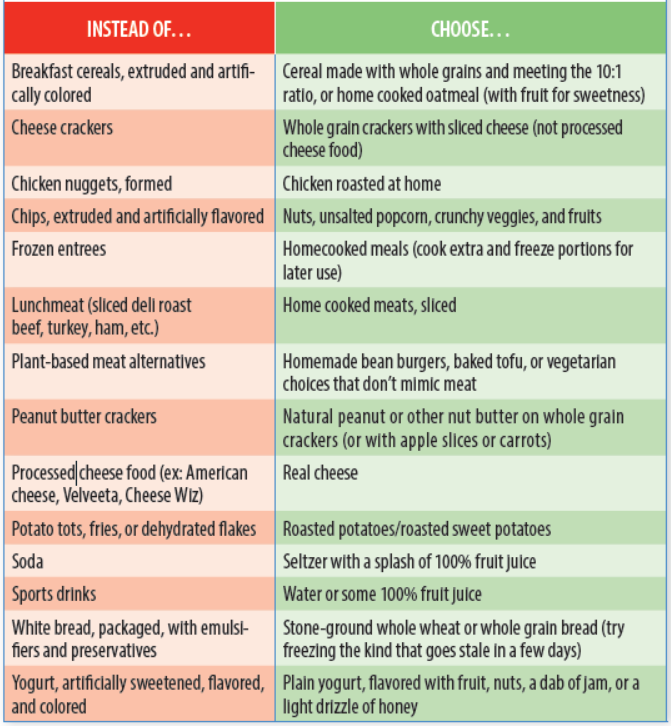




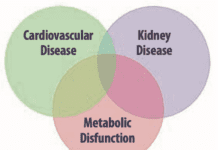









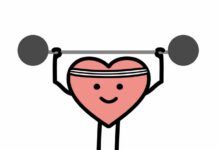
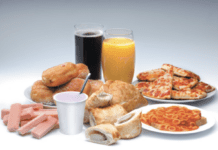
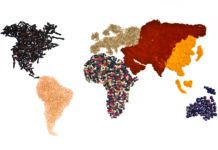


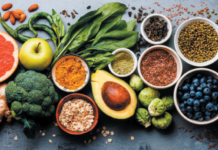

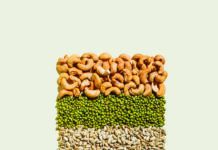
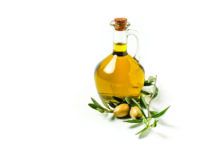


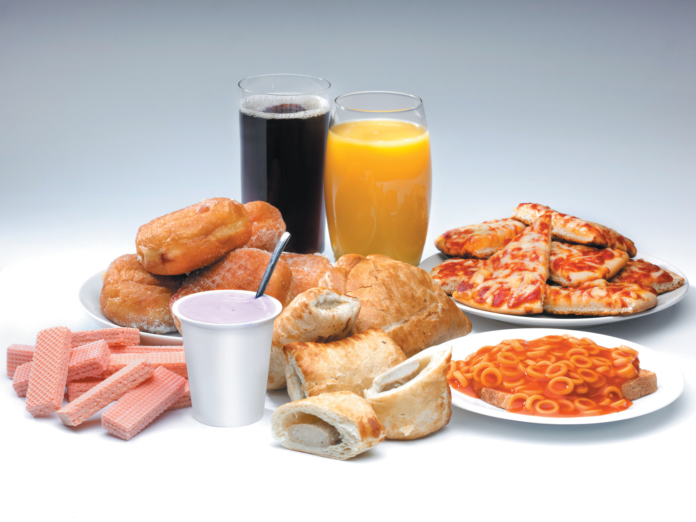
Thank you. I just spent 2 hours in a grocery store having just moved back to the USA. I started with fresh fruits and vegetables, organic where not too expensive, nuts, seeds, oatmeal whole ingredients for home made granola. Choosing a bread was more difficult. Most of it was high salt junk, pretending to be full of whole grains. From there on, everything just took more time with sneaky ingredients. I just moved back from Nicoya Costa Rica where whole foods were abundant.